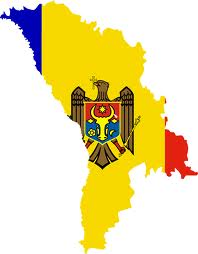(Journal Article) Do warring sides in asymmetric conflicts always know what type of violence they use against civilians? This article relies on the case study of an anti-Soviet insurgency in Western Ukraine between 1944 and 1953 in order to demonstrate how selective violence used by insurgents can become indiscriminate under the influence of a counterinsurgency strategy rather than their conscious choice. It challenges two major theories of coercive violence that refer to exogenous factors to explain shifts in the character of violence and shows how insurgents may recognize such a shift only once they see its counterproductive effects. Using recently declassified documents, this article demonstrates how the insurgents’ decision to engage in a violent campaign against Soviet-led collectivization gradually turned the rural base of insurgency against them. Apart from shedding a new light on the Soviet–Ukrainian conflict in the late 1940s, the article has broader implications for the studies of insurgency campaigns and the reasons for civilian defection to the incumbent side.
“Choosing Violence in Irregular Wars: The Case of Anti-Soviet Insurgency in Western Ukraine,” East European Politics & Societies, Vol. 25, No. 4, November 2012
See the full text | © American Council of Learned Societies









